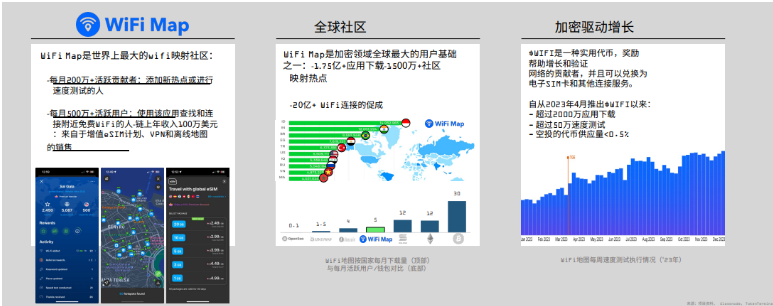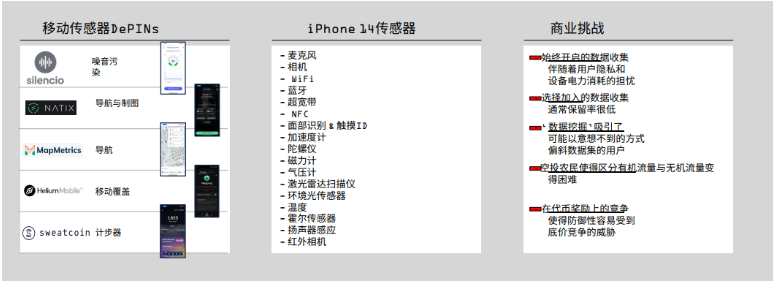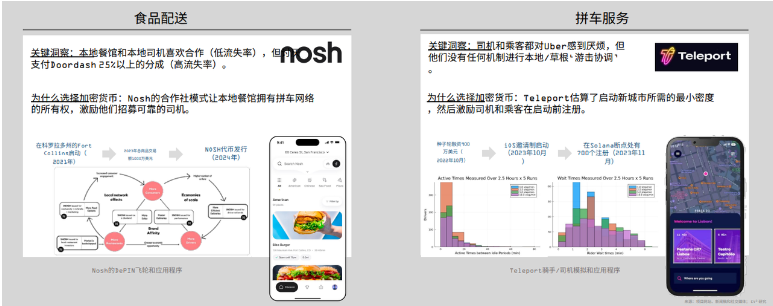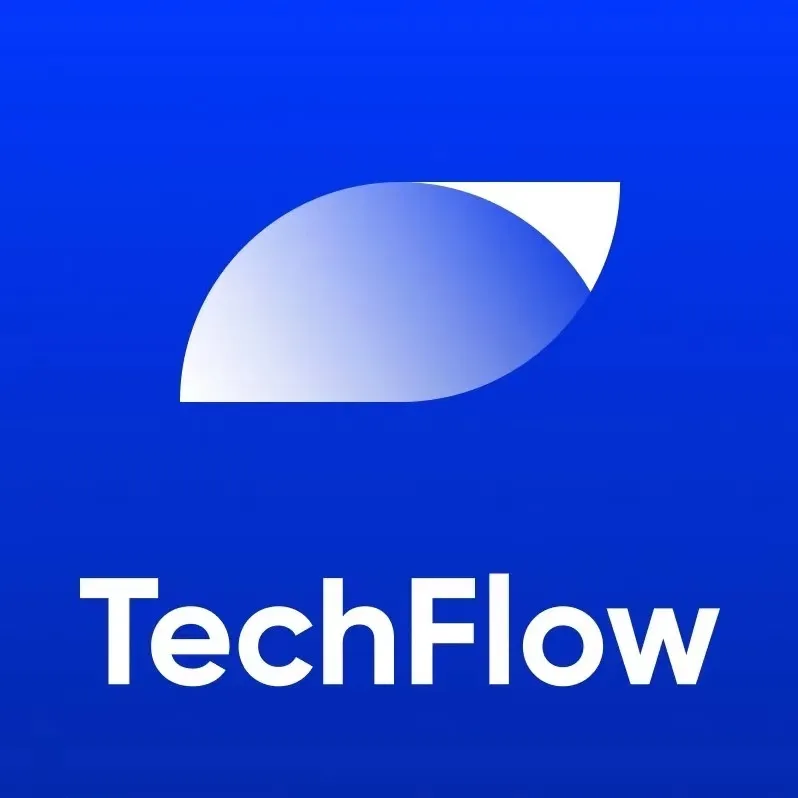Interpreting the Messari 2023 DePIN Market Report: 650 Active Projects Flourishing, Top Projects Expected to Emerge from Asia
Author: Shenchao TechFlow
Recently, Messari and Escape Velocity (EV3) jointly released a research report titled "State of DePIN 2023," which provides a detailed and comprehensive overview of the current state of the DePIN track, its applications, supply and demand situation, technological changes, and regional development differences.
Since the original report is presented in PDF format and contains lengthy English content, with each chart having a high information density, Shenchao TechFlow has compiled the report, processing key charts, content, and viewpoints from the original report, and presenting and interpreting them in a more readable format.
Below is the content of the original report.
About the Authors:
Sami Kassab: Crypto research analyst at Messari, focusing on DePIN, artificial intelligence, and Bitcoin, and co-host of the Proof of Coverage podcast. Before joining Messari, Sami worked as an aerospace engineer at Raytheon and Honeywell.
Salvador Gala: Co-founder of Escape Velocity (EV3) and co-host of the Proof of Coverage podcast. Prior to joining EV3, Sal worked as an investor at Ribbit Capital and as an investment banker at Goldman Sachs.

Definition, Current Status, and Industry Landscape of DePIN
DePIN = Distributed Physical Infrastructure Network, which efficiently coordinates the construction and operation of critical infrastructure using cryptographic incentive mechanisms.
In general, DePIN can consist of the following components:

DePIN can be more efficient, resilient, and perform better than centralized infrastructure, making it a preferred method for scaling global infrastructure.
The comparison between DePIN and traditional centralized infrastructure is shown below:

The growth flywheel of DePIN = Infrastructure networks become stronger as they scale.
The DePIN flywheel is sufficient to add +$10 trillion to global GDP over the next decade and +$100 trillion in the following decade.

(Note: Due to PDF translation issues, "first" in the above image should be understood as "the first.")
DePIN empowers and incentivizes citizens to improve the public infrastructure around them.
In a world of untrustworthy institutions and incompetent bureaucrats, DePIN returns wealth and power to citizens and communities.

We categorize DePIN into six categories, each disrupting an industry worth over $1 trillion.
RWAs (Real World Assets) and blockchain infrastructure networks (oracles and RPC) are relevant areas of DePIN but are outside the scope of this report.

- Smart money in cryptocurrency is making dozens of bets on the DePIN track, and venture capital funds are making significant investments.

Winners in DePIN infrastructure are beginning to emerge, with Solana in the lead.
Solana's integrated infrastructure and performance-focused developer community are attracting DePIN at various stages.

Demand, Revenue, and Typical Use Cases of DePIN
DePIN relies on on-chain verification and/or settlement to provide critical network resources to consumers, developers, and agents willing to pay for them.
The North Star of DePIN = utility-driven revenue --- not speculation.
On-chain revenue means users exchange products/services/goods by purchasing and locking/destroying tokens.

DePIN has generated over $15 million in annualized on-chain revenue across six core business models.
In the previous cycle, DePIN's revenue situation proved it to be the most resilient in on-chain revenue among all tracks.

The largest DePINs are transforming into platforms with diverse use cases.
These are not overnight successes: platformization often occurs in the 5th to 10th year of global decentralized network expansion.

Here are the specifics of use cases across the six DePIN tracks:
Computing Market
The computing market is the oldest and most successful DePIN business model.
Storage networks need more demand, computing networks need more supply, and retrieval networks need density to compete with web2.

(Note: Due to PDF translation issues, the text in the upper left corner of the image should be understood as: Which features are brought by cryptographic technology.)
Data storage seems like an obvious use case for cryptographic technology, but its development has been slow.
So far, the best customers for decentralized storage networks have been other crypto networks.

The endgame of storage is always about data computation.
The main plan for Filecoin's third phase began in Q1 2023, coinciding with the launch of the Filecoin Virtual Machine (FVM).

Unlike most DePINs, GPU cloud services are supply-constrained rather than demand-constrained.
However, price competition in GPU cloud services may be faster than any competition we've seen before.

(Note: In the pricing unit for LLM in the image, "token" should be understood as Token.)
CPU cloud services are becoming an outlet for the animal spirits of the crypto space.
Speculation on proof-of-work blockchains has led to a wealth transfer from speculators to arbitrageurs and DePIN token holders.

Decentralized CDNs face fierce competition: Cloudflare already has a similar DePIN flywheel effect.
Cloudflare benefits from a similar DePIN flywheel effect through its free CDN service, which supports 20% of websites globally.

Retrieval is the hardest part of decentralization, but early signs show promise.
Results from early 2023 demonstrate that decentralized CDNs have the potential to match or even exceed web2 performance.

(Note: Filecoin's Saturn should refer to its project name Saturn.)
Wireless Coverage
In the global economy, the wireless services market is larger than the computing market.
Over the past 25 years, the compound annual growth rate of global data transmission has been 30-35%, with no signs of slowing down.

Each vertical of DeWi has different fundamental economic drivers.
The mobile market is the largest market to date (in dollar terms), but fixed internet and WiFi are the largest in usage (in GB and users).

(Note: DeWi stands for decentralized wireless networks, and "key unlocking" should be understood as "unlocking the key issue" due to PDF translation issues.)
Crypto MVNOs (virtual telecom operators) fundamentally improve traditional wireless economics through tokens.
MVNOs acquire and manage customer relationships while paying traditional telecom operators (MNOs) wholesale network access fees.

(Note: The image should refer to Really, a telecom service operator.)
The early momentum of Helium Mobile shows a path to millions of users.
The question is: Can Helium become profitable before running out of funds? … We believe the answer is yes.

(Note: Helium refers to Helium, and "data offload" means using supplementary network technologies to transmit data originally carried by cellular networks.)
Mobile internet connects people, while fixed internet connects places.
The number of ISPs (internet service providers) in the U.S. is expected to grow from 3,000 to over 15,000 in the next five years, with global opportunities even larger.

Fixed internet may be the most ambitious plan in DeWi.
Andrena's test network will enable consumers and small businesses to become micro-internet service providers with last-mile internet infrastructure.

With billions of daily active users, WiFi is the most widely used connection protocol on Earth.
In 2023, WiFi Map airdropped $WIFI tokens to 225k most active contributors in 190 countries worldwide.

Wholesale Data
Data sales can take many different forms, some more valuable than others.
Data is most valuable when:
1) There are many buyers needing it.
2) Those buyers are making a lot of money from it.
3) Better data is the limiting factor for them to make more money.

Mapping graphics are undoubtedly the most powerful real-world examples of global crypto coordination.
The Hivemapper community has made progress in supply, demand, and verification in 2023 that surpasses most networks' progress in 3-5 years.

DePINs are beginning to tap into the potential of mobile sensors.
Mobile phones are very powerful sensing devices… however, mobile data as a business faces several challenges, as explained in the diagram below:
Data collection and privacy conflicts.
Low retention rates.
Data collection accuracy issues.
Doubts about high-value traffic.
Token rewards may not be reasonable.

AI x cryptocurrency creates an alternative route for DePIN sensor/data networks.
Networks can monetize valuable datasets through smart mining or computing beyond the data market instead of competing upstream.

Service Market
Horizontal service markets leverage crypto incentives to attract top talent from around the world.
Whether based on people or agents, excellent service markets:
1) Attract & retain the best talent.
2) Effectively match supply and demand.

Vertical service markets are disrupting the web2 gig economy.
Companies like Uber/Doordash are built on permanently extracting economic benefits from local economies; web3 rewrites the script by returning ownership and control to local operators.

On-chain security services will become the most obvious winners in '24-'25.
In the last crypto cycle, Certik laid the blueprint for an on-chain security service market worth over $10 billion.

(TAM refers to Total Addressable Market size.)
Vertical Advertising
Vertical advertising networks return data ownership and control to users.
Excellent advertising networks combine:
1) Viral user acquisition.
2) Proprietary, contextually relevant data streams.
3) Large terminal markets.

Energy
Decentralized energy supply chains may prove to be the toughest challenge for DePIN so far.
Regulatory overhead in the energy industry makes experimentation slow/difficult/expensive… but the toughest challenges attract the most resilient entrepreneurs.

Supply, Token Economics, and Incentive Models of DePIN
DePINs leverage crypto incentives to coordinate capital, equipment, and labor to scale global critical infrastructure.
DePINs added over 600,000 nodes in 2023, covering wireless, computing, and sensor networks.
In addition to those shown in the diagram below, dozens of emerging DePINs added 100-500 nodes this year and are rapidly expanding into 2024.

DePINs are becoming more efficient in expanding supply.
The new generation of DePINs places more emphasis on capital efficiency—sometimes at the expense of decentralization.

We have seen three types of token issuance methods: time-based, supply KPI-based, and demand-based.
Most DePINs combine all three strategies, using different issuance plans for different tokens at different times.

Hardware DePINs that work well have targeted mining reward bursts/improvements.
Capital-intensive DePINs benefit from using off-chain data & decisions to incentivize high-value deployments.

Software DePINs that work well may turn into points or credits that could become tokens.
Leading software-based DePINs have expanded to tens of thousands or even hundreds of thousands of active users before actually launching tokens.

What works well for DePIN investors is distinguishing between market cap and FDV.
The best networks will primarily trade on the market cap in the circulating market, while the upside potential of low-quality networks will be limited by FDV.

Looking Ahead: The Integration of DePIN with Other Crypto Tracks in 2024
By 2024, we will see DePIN begin to experiment more deeply with new crypto foundational components, including ZK, meme coins, on-chain AI, and on-chain gaming.
DePIN x AI
ZK-verifiable GPU cloud computing is expected to achieve on-chain inference economics within 1-2 years, which centralized service providers will not be able to provide.

(Note: Due to PDF translation format issues, the second category in the above image should be translated as "Decentralized AI.")
DePIN x Meme
Like it or not, meme coins are becoming a real catalyst for driving the mass adoption of DePIN.

DePIN x ZK
The vampire-like attack of Web3 on Web2 will become the next gold rush.
As developers create user-consistent clone versions corresponding to the most popular Web2 applications on emerging high-performance ZK infrastructure, opportunities arise.
These infrastructures are built by the following projects:

DePIN x Gaming
- As more DePIN activities shift on-chain, the design space between real-world infrastructure and on-chain gaming will grow faster than anyone expects.

DePIN x Privacy
- ATOR will fork the Tor network in 2024, aiming to create a scalable, high-performance ecosystem for privacy-focused developers to build applications.

DePIN x Asia
DePIN is a global movement: the DePIN ecosystem in Asia is explosively growing.
We expect several top 10 DePINs to emerge from Asia in '24-'25.
Notable Asian institutions include: FutureMoney, HashGlobal, Hashkey, and Distributed Capital.
(Note: FutureMoney is a leading blockchain venture capital and consulting research institution. Its investment direction covers foundational public chains, application protocols, and financial services within the blockchain ecosystem, providing comprehensive post-investment services for the projects it invests in.)

Appendix: Practical Resources for Understanding DePIN
On-chain data analysis: https://depin.ninja/
DePIN project screener: https://messari.io/screener
Research podcast: https://podcasters.spotify.com/pod/show/proof-of-coverage
Newsletters and events:
DePIN Summit: https://www.depinsummit.xyz/
Escape Velocity Blog: https://us21.campaign-archive.com/home/?u=d0453576cac1958c64f3c9e43&id=6196cdb18d












